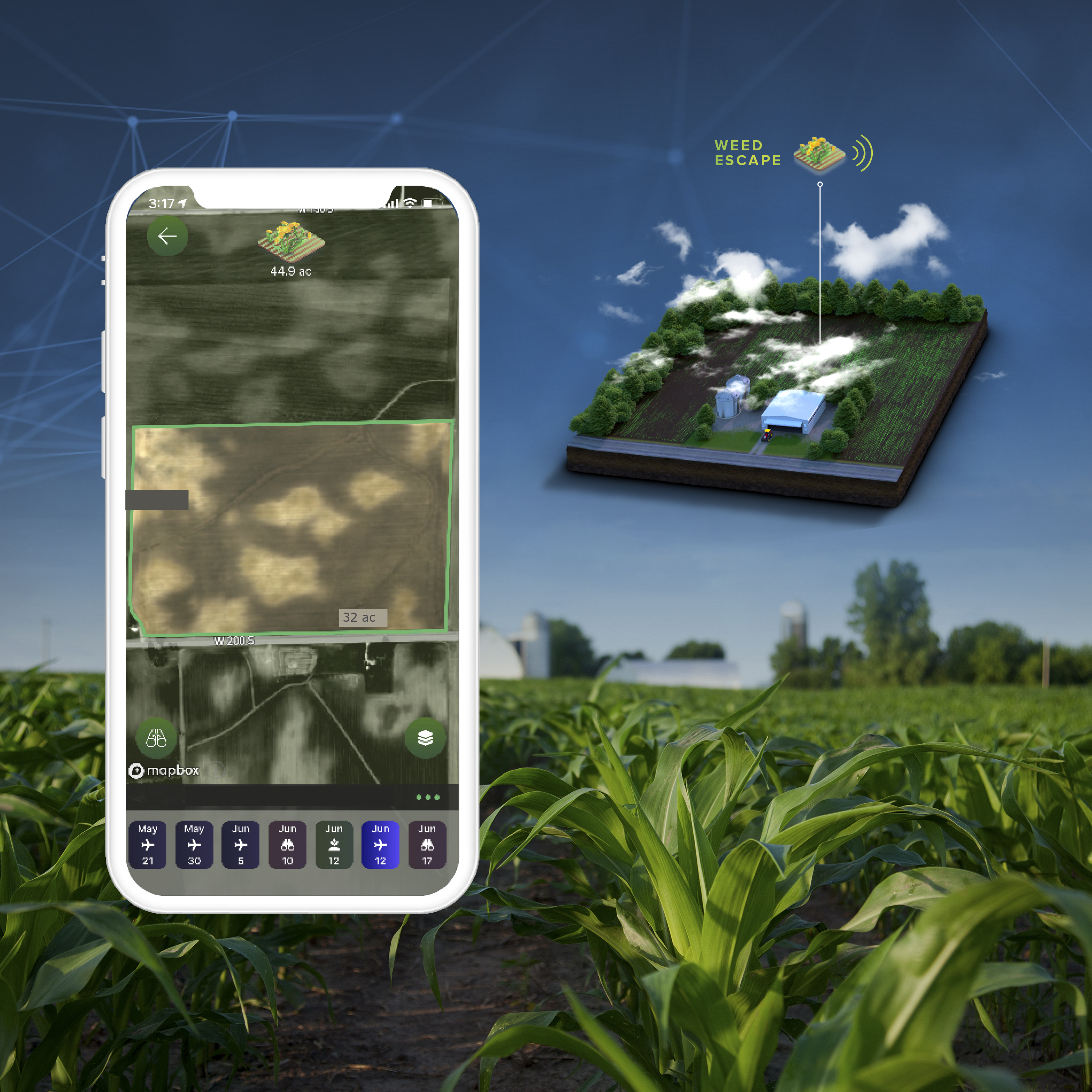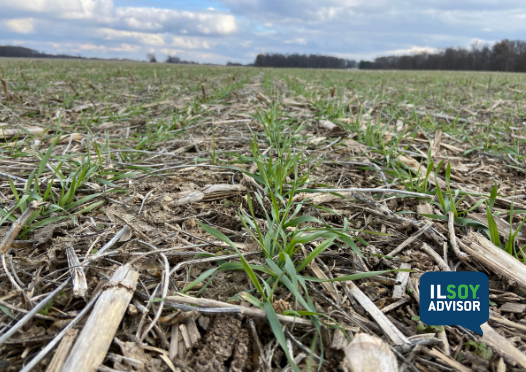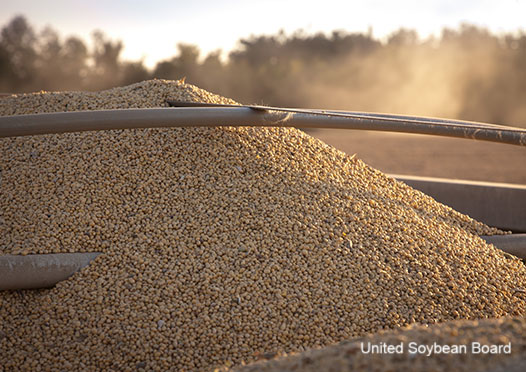ILSOYADVISOR POST
Getting the Most Out of Your Investment: Unraveling the Benefits of Imagery
Adopting imagery can be attractive to farmers given the vast array of benefits touted throughout the industry. But if you’re considering making a purchase, be sure to take a few moments to understand why it will fit into your specific operation and what you can expect from the differing products on the market.
Here are a few areas to consider when it comes to value imagery and analysis and your operation:
Management Optimization
With imagery, growers receive a new perspective of the field with the ability to see the entirety of the field at the same time. From this perspective, patterns of crop damage or product performance issues become visible across fields that do not show up on yield maps.
This differing view allows growers to identify management issues across the operation and solve them faster. Some examples of areas we see growers make changes include planter set-up; applicator set-up; calibration and choice; adjustments to improve residue management, such as choice of tillage tools or combine set-up; and changes in seed, fertilizer and crop protection decisions. Here are a few tips to consider for management optimization:
- Spatial Resolution Greater than 50 cm (nearly 20 inches): This resolution is required to understand what caused the issue and yield loss. Many yield limiting factors aren’t visible with lower resolution imagery.
- Capture from Bare Field to Maturity: This provides a clear understanding of crop progression throughout the season, as well as timing of when issues manifest.
Proactive In-Season Decisions
Imagery paired with analytics provides the opportunity to improve in-season decision making. Imagery and analytics can help identify where and how much to replant, where to respray and which fields would benefit from a foliar or fungicide, just to name a few.
If you use imagery already, here are some common problems:
- Timing and Frequency: A good partner will capture the entire farm simultaneously and at a sufficient cadence in the early season to keep the information up to date to help compare fields and prioritize decisions.
- Quality Image: The image resolution must be good enough to support the decisions you would like to make with imagery. To improve weed management, you must be able to distinguish weeds from the crop and to improve replant you must be able to identify plants at an early growth stage.
- Proper Layers: To support fungicide decisions, a thermal map is needed. Plant health maps, like NDVI (normalized difference vegetation index), often see issues too late to protect a field. A thermal map can detect disease at onset before it is visible.
- Analytics: Seeing all the issues in all fields takes prioritization. Analytics play an important role in bringing key problems to the forefront.
- Training: Useability of any product relies on proper training to deliver on value. Imagery is no exception. The value in imagery relies on the user being able to use data to make decisions and no product can tell you what to do. It only gives you the information to make the decisions.
Operational Efficiency
Imagery can make a tremendous impact on an operation’s profitability when used effectively. From prioritizing where to begin planting to where to harvest and major decisions through the season like timing and location of herbicide and fungicide applications and replant locations.
This can deliver additional savings through efficient equipment use, saving machine hours. It also adds value in proactive risk mitigation related to timing of applications. Ultimately, it makes better use of your time and that of your employees.
The value in imagery cannot be fully realized without higher resolution and the analytics to support it. Reviewing maps across an operation and determining the most effective and efficient way to make decisions is a heavy lift. Analytics can and do help prioritize fields by using metrics that are relevant across a season, adding opportunities to continue improving your operation and adding profitability.





Comments
Add new comment